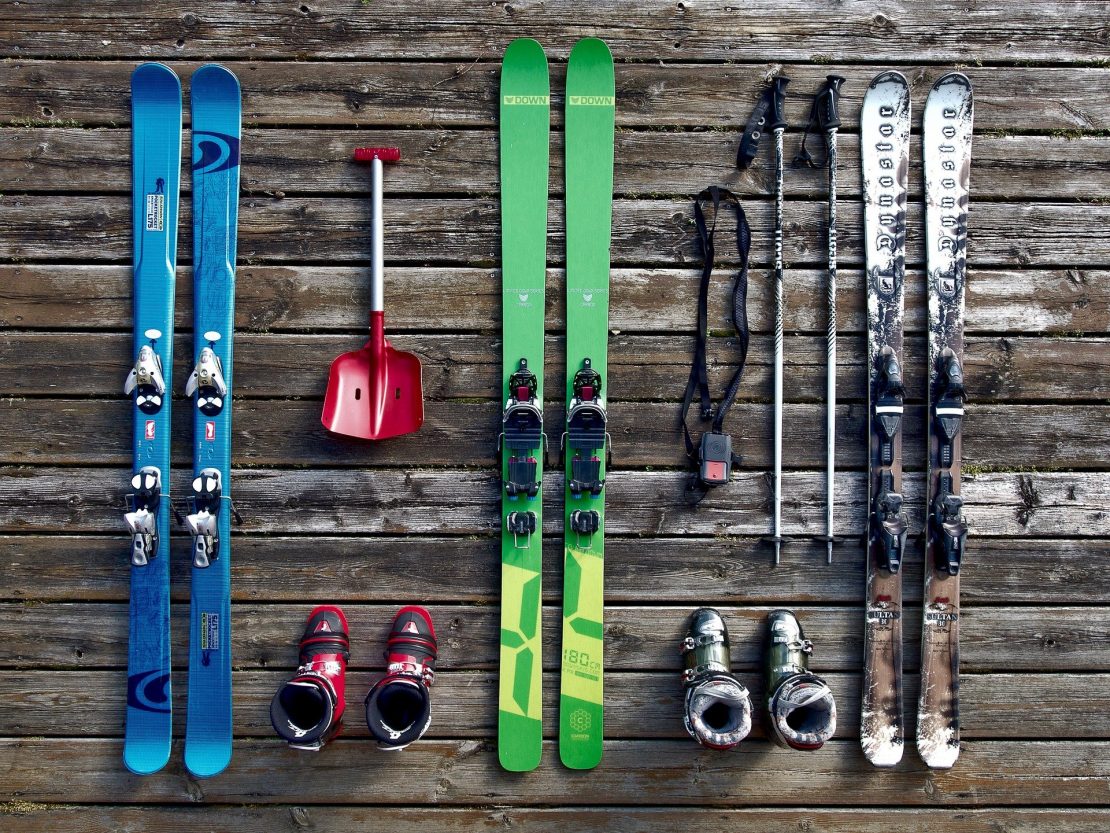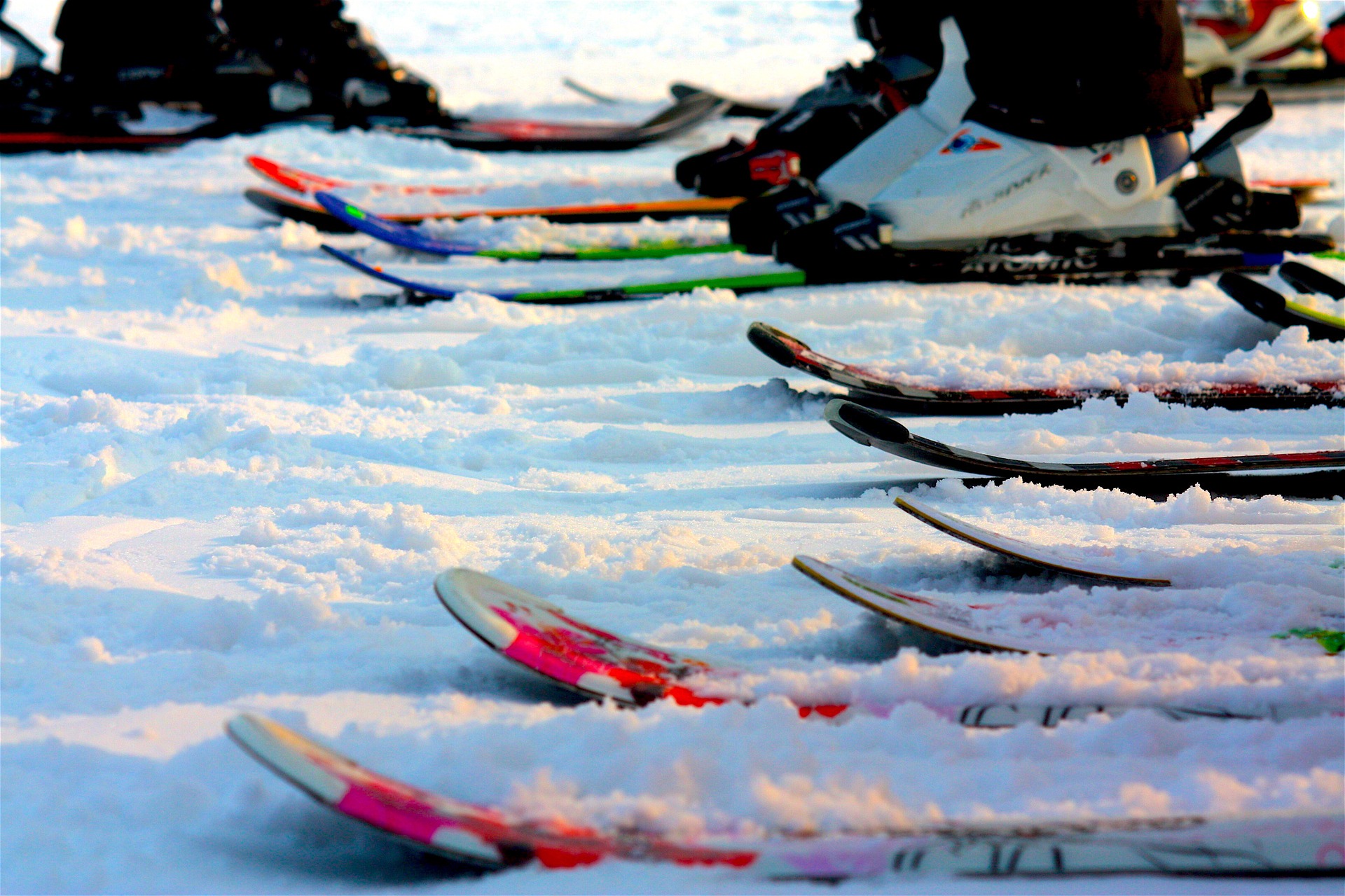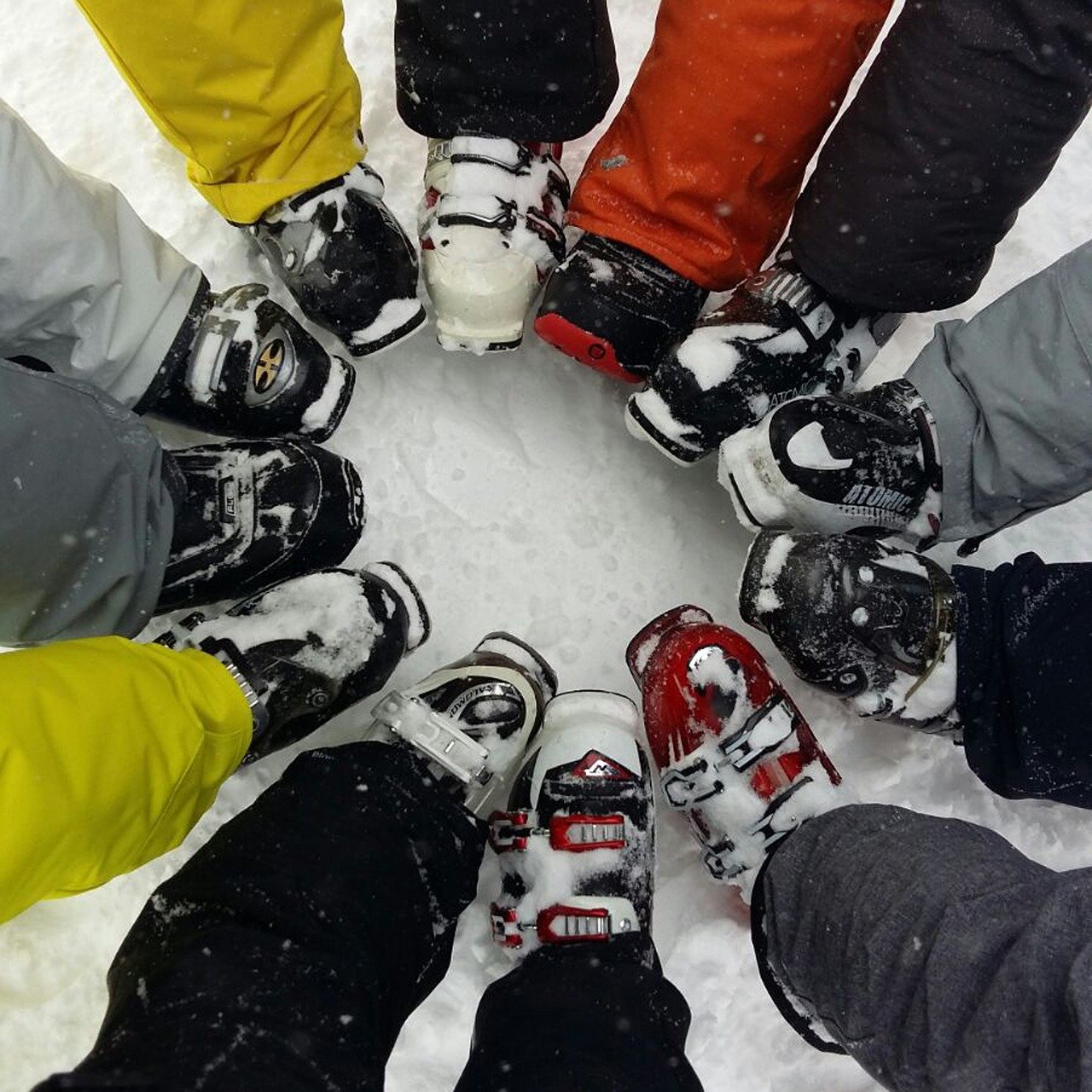
- Vitalii Homon
- March 12, 2021
- Ask Eartha
Dear Eartha, I have so much winter equipment, but I hate to throw anything away. What’s the best way to get rid of my old stuff?
What about those hideous straight skis collecting dust in the far corner of your storage unit since 1998? Or that neon pink onesie? Or the 1985-era figure skates that never made you an Olympian? As long as it’s functional, it stands a chance to find a new home.
Recycle your gear

“We normally don’t turn stuff down from age,” says Collin Covington of Recycle Sports in Frisco. “We’ve had mono skis, snowblades, ski boots that are 50 years old. Someone always scoops it up, no matter how wonky it is.”
Recycle Sports had a banner year during the pandemic, with gear like ice skates and Nordic equipment flying off of the shelves. With the exception of climbing equipment, old helmets, damaged outerwear and old ski bindings, the shop will consider just about anything. It also offers a $5 disposal option for gear it deems unsellable, which is a better alternative than tossing stuff in a dumpster, where it will sit in the landfill for a million years. Recycle Sports salvages usable binding parts before disposing skis and boards in a trailer behind the shop, where people routinely pick them up for art projects – furniture, fences, etc.
Facebook Marketplace and local pages like One Man’s Junk are other options for selling used gear. Outerwear and clothing donations can also be made at local thrift stores such as ReSaddled, Summit and Frisco Thrift and Treasure.
Reuse, repair and replace
When your feet begin to swim in packed out ski boots, new liners are often all you need. The same goes for goggles. If you have scratched lenses, most are made to pop out of the frame and can be replaced for less than half the cost of new goggles.
As for boot shells, snowboard bindings and anything with straps or buckles, if a small piece breaks, you can almost always replace or repair it rather than replacing the entire piece of equipment. Most brands offer free or affordable repairs and replacement parts. If boot soles, heels or toes are getting worn down, you can preserve them – and prevent a potential wipeout – by wearing Cat Tracks protectors when walking in your boots. It’s also possible to purchase heel/toe replacement kits.
Many experts recommend replacing avalanche transceivers every 10 years. At a bare minimum, spend time making sure your vintage beacon still works before heading into the backcountry. Ortovox offers a beacon retirement program, which actually pays you for old transceivers. The brand BCA is working to upcycle transceivers into trailhead beacon checkers.
Take care of your stuff
 We’ve all done it – yanked those boots off at the end of the day to throw in our car or closet saying we’ll just let them air out before buckling them up nicely. Then we go to use them again and there they are – unbuckled, frozen, wedged under a soggy backpack with smelly, damp socks still tucked inside.
We’ve all done it – yanked those boots off at the end of the day to throw in our car or closet saying we’ll just let them air out before buckling them up nicely. Then we go to use them again and there they are – unbuckled, frozen, wedged under a soggy backpack with smelly, damp socks still tucked inside.
Buckling up boots after each use preserves their shape and function, as does storing them in a warm, dry place.
Keeping skis and boards dry and regularly serviced will help them last an incredibly long time. When it comes to waxing, rather than using chemical-laden materials, reach for plant-based mountainFLOW eco-wax or non-toxic Dynamic Wax for easy spray-on. If you ride hard all season, invest in a full tune with base grind in the spring. It’s easier than you think to get rid of those deep digs that you believe may have “ruined” your boards.
Buy sustainable products
Patagonia has donated a percentage of its sales to environmental organizations since the 1980s and its Worn Wear program allows you to recycle, repair and/or get credit toward something new. Burton recently launched One World apparel collection made from recycled materials, Aspen’s Corbeaux baselayers are built sustainably as are Mons Royale biodegradable merino wool products. Lib Tech skis and boards are made in a factory with zero hazardous waste, Rocky Mountain Underground in Breckenridge produces all of its skis, packs and gear with the lightest possible carbon footprint, Arbor Collective snowboards and Colorado’s own Liberty Skis are made from sustainable wood and bamboo.
